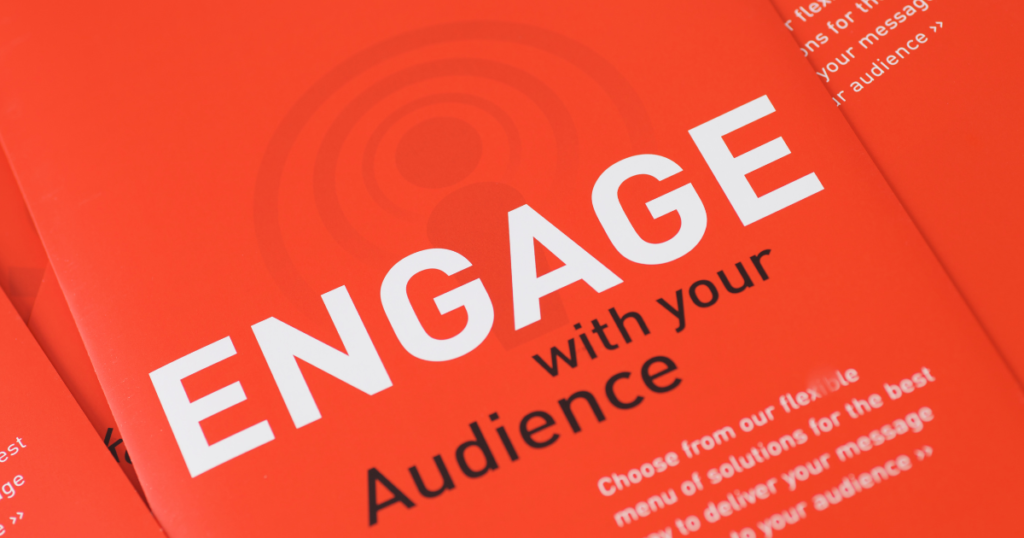Businesses are constantly searching for the best advertising platforms to maximize their reach and engagement.
Two of the most prominent players are Instagram and Facebook, both owned by Meta. These platforms offer extensive advertising capabilities, but which one is better for your brand?
Let’s dive into the key differences, benefits, and downsides of each platform to help you make an informed decision.
Audience Demographics

When it comes to audience demographics, Facebook and Instagram attract slightly different groups. Facebook’s user base tends to be broader and older, with the largest segment falling in the 25-34 age range, followed by 35-44.
In contrast, Instagram has a younger, more visually-focused audience, with users between 18-34 being the most active.
This means that if your target market skews younger, Instagram may be a better choice. However, if you’re looking to reach a more diverse age range, Facebook provides broader access.
Additionally, Instagram tends to have more engagement with fashion, lifestyle, and visually driven brands, whereas Facebook works well for a wide variety of industries, from e-commerce to services and even B2B.
Instagram is known for high levels of engagement. Users on Instagram tend to interact more with content, whether it’s liking, commenting, or sharing posts and stories.
Engagement and User Behavior

In fact, Instagram has one of the highest engagement rates of all social media platforms, especially through formats like Instagram Stories and Reels.
On the other hand, Facebook users are more likely to consume long-form content and are more open to engaging with links, articles, and videos.
While Instagram users are drawn to visual content like photos and short videos, Facebook gives advertisers more flexibility with a range of ad types, including carousel ads, slideshows, and link ads that direct users to external websites.
If you’re looking for quick engagement with visually appealing content, Instagram is the ideal platform. However, if your campaign involves driving traffic to a website, offering detailed information, or fostering community conversations, Facebook might be the better option.
Advertising Costs
In terms of advertising costs, both platforms operate under a similar pay-per-click or pay-per-impression model. However, Instagram ads generally have a higher cost per click (CPC) than Facebook ads.

Instagram’s higher engagement levels can make the extra cost worthwhile, particularly for brands with visually captivating products or services.
Facebook, on the other hand, offers more budget flexibility, especially for small businesses. With a lower CPC, Facebook allows advertisers to reach a larger number of users at a relatively low cost.
For those just starting out with social media ads or with limited budgets, Facebook may be the better platform for testing and scaling ad campaigns.
Ad Formats and Creativity
Both Instagram and Facebook offer diverse ad formats, but Instagram is the king of visual storytelling. Instagram’s formats, such as Stories, Reels, and Shopping Ads, make it perfect for creating immersive and visually appealing content.
Instagram is a great choice if your brand thrives on aesthetics, especially in industries like fashion, beauty, or travel.

Facebook, however, provides a more comprehensive range of ad formats. From video and photo ads to carousel and slideshow ads, Facebook gives advertisers a lot of creative freedom.
Additionally, Facebook’s advanced targeting options and more text-based ads are ideal for brands that need to explain complex products or services.
Targeting Options
Both platforms offer detailed targeting options through Meta’s powerful advertising tools. You can target users based on demographics, interests, behaviors, and more.
However, Facebook tends to have more advanced targeting capabilities, allowing advertisers to layer interests, behaviors, and even retarget users with pixel-based tracking.
Instagram’s targeting is robust but simpler, making it easier for businesses that are new to digital advertising. If precise targeting is crucial for your campaign, Facebook offers more advanced tools.

Conclusion: Which Is Better?
Ultimately, the choice between Instagram and Facebook advertising depends on your business goals, target audience, and the type of content you want to promote.
Instagram is the better platform for visually driven brands looking to engage with a younger, highly engaged audience. It’s perfect for building brand awareness and fostering quick interactions.
Facebook, on the other hand, is better suited for businesses that want to reach a broader, more diverse audience, and for those with more complex products or services that require deeper user engagement.
Facebook’s lower CPC and advanced targeting make it a good fit for both small businesses and large corporations.
The best strategy may involve using both platforms, combining the strengths of each to maximize reach and impact.




